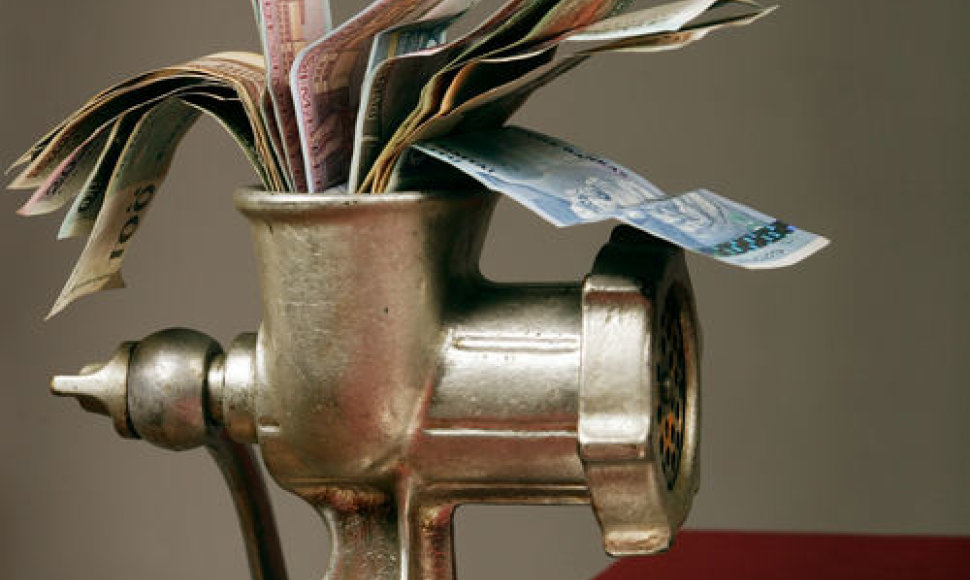“This was due to the effects of a decline in heat prices on the consumer price index, which have underestimated. Just as expected, the inflation rate in March was mainly affected by increases in the prices of clothing and footwear, and food products,” Violeta Klyvienė, Danske Bank’s senior analyst for the Baltic countries, said in the bank’s comment issued on Tuesday.
According to her, first-quarter trends show that the dynamics of Lithuania’s consumer prices has so far been lagging behind the basic model developed by Danske Bank and the growth of prices has been slowing down faster than projected.
“This resulted from the positive effects of favorable trends in the prices of commodities. On the other hand, the prices of fresh vegetables may be higher than usual due to cold weather in spring. However, despite that, we have revised our annual inflation projection down somewhat – to 2.5 percent, from 2.9 percent,” Klyvienė said.
Lithuania’s consumer prices climbed by a monthly 0.3 percent in March after being flat in February and growing by 0.2 percent in January, Statistics Lithuania reported earlier on Tuesday. The consumer prices rose by 1.5 percent last month from March 2012, and the average annual inflation rate was 2.7 percent, the office said.












